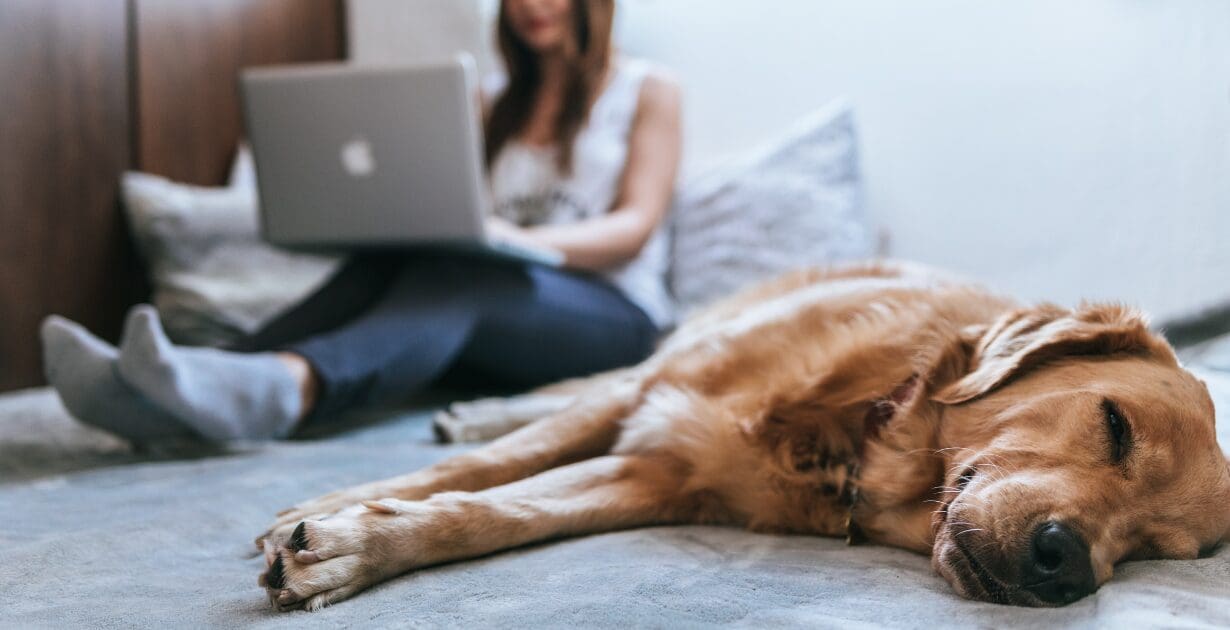The ATO is changing the way you claim work-from-home (WFH) deductions from the start of the 2022/23 financial year.
The Practical Compliance Guideline (PCG 2022/D4) is currently in draft but was released for comment on 2 November and is open until 30 November. The Guideline outlines the ATO’s post-COVID-19 approach to WFH tax deductions.
Prior to 1 July 2022, taxpayers had a choice of the following methods to calculate WFH deductions:
- The shortcut method – 80 cents for every hour worked at home.
- The fixed-rate method – 52 cents for every hour worked at home.
- Actual expenses method – that is, calculating the actual expenses incurred because of working from home.
Starting 1 July 2022, the shortcut method is no longer an available option, and the fixed rate method is getting an overhaul.
Taxpayers will still be able to choose the actual expenses method, or use the newly revised fixed rate of 67 cents if they are:
- Undertaking substantial employment tasks or continuing the operation of their business if it produces income. Tasks such as checking emails will not qualify.
- Incurring additional running expenses which are deductible under section 8-1 of the ITAA 1997 Act including energy expenses, internet expenses, phone expenses, and stationery and computer equipment.
- Keeping and retaining relevant records of the time spent WFH and the additional running expenses being incurred.
Under the proposed changes the requirements for record-keeping will be tightened. To claim WFH deductions for the 2022/23 income year, taxpayers need:
- A record that is representative of the total number of hours worked from home during the period from 1 July 2022 to 31 December 2022.
- A record of the total number of actual hours worked from home for the period 1 January 2023 to 30 June 2023.
However, for the 2023/24 and later income years, taxpayers must keep:
- A record for the entire income year of the number of hours worked from home.
- A record of hours for the income year can be in the form of timesheets, rosters, a diary, or a similar document kept throughout the year.
The ATO has confirmed that an estimate based on the number of hours worked during a particular period which is then applied to the rest of the year, will not be accepted. If a taxpayer doesn’t meet the requirements listed, they will not be able to use the fixed-rate method and will only be able to claim for actual expenses incurred.
While the ATO has tightened the record-keeping requirements, it has indicated these additional changes to the WFH fixed rate method will be introduced:
- Taxpayers no longer need to have a dedicated work area set aside to use the new fixed rate.
- The decline in value deduction for depreciating assets such as office furniture and fittings can be claimed.
- Where more than one taxpayer is WFH in the same home at the same time, each taxpayer can claim the 67c fixed rate method. However, if one of those taxpayers chooses to use the actual expense method then they must separate their expenses from the taxpayers using the fixed rate method.
- Any other running expense or home office expense, not listed as being captured by the revised fixed-rate method, may be claimed as a tax deduction (where related to earning your assessable income).
- Taxpayers who do not contribute to the payment of the incurred additional expenses, cannot claim a WFH deduction (e.g. adult children living with their parents cannot claim expenses they do not contribute to).
If you wish to discuss how this may impact you, your business, or your employees, feel free to reach out to Nexis today.




